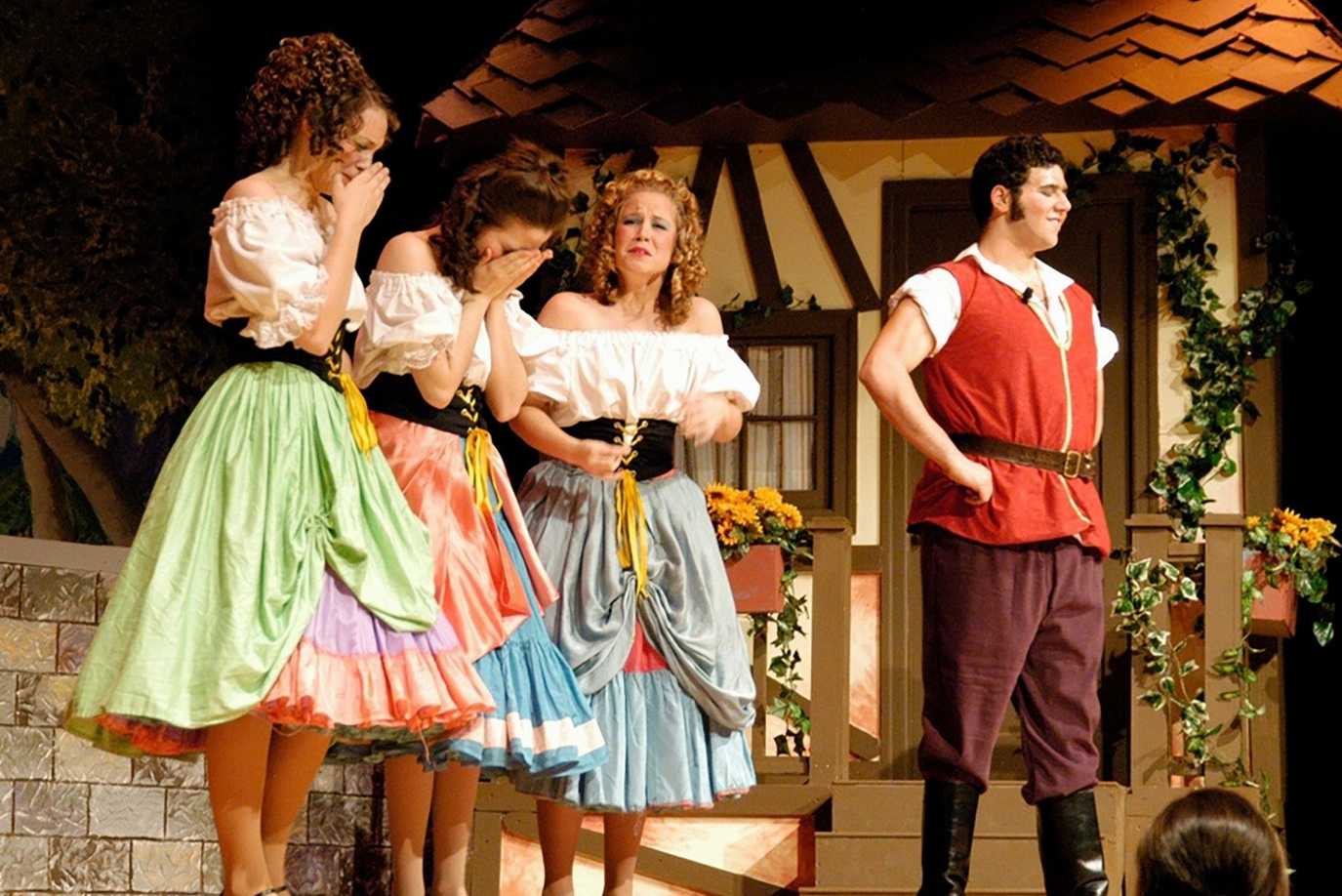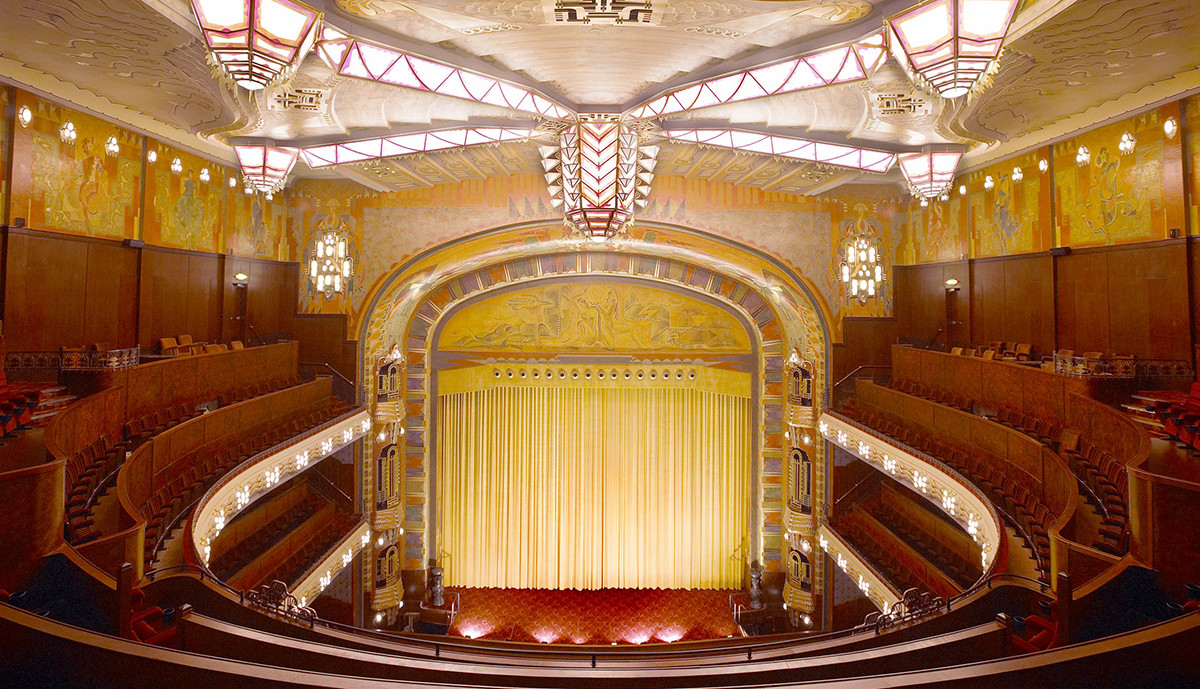The 12 Essential Elements of Theater: A Complete Guide
Theater combines 12 fundamental elements to create compelling performances: actors, script, costumes, makeup, lighting, sound, director, scenography, audience, props, choreography, and voiceover. These components work together to transform written stories into live experiences that entertain, educate, and inspire audiences worldwide.
Derived from the Greek word “theatron” meaning “a place for viewing,” theater represents both an art form and a literary genre where stories come to life through performance. Understanding these essential elements helps appreciate the complexity and artistry behind every theatrical production.
Quick Reference: The 12 Elements of Theater
| Element | Primary Function | Key Professionals |
|---|---|---|
| Actors/Actresses | Bring characters to life through performance | Performers, voice actors |
| Script/Text | Provides dialogue, plot, and structure | Playwrights, dramatists |
| Costumes | Visual character identification and period setting | Costume designers, stylists |
| Makeup | Enhances features and creates character appearance | Makeup artists |
| Lighting | Sets mood, highlights action, creates atmosphere | Lighting designers, technicians |
| Sound | Provides music, effects, and audio enhancement | Sound engineers, composers |
| Director | Coordinates all elements and artistic vision | Stage director |
| Scenography | Creates the physical environment and setting | Set designers, scenic artists |
| Audience | Receives and responds to the performance | Theatergoers, spectators |
| Props | Objects used by actors during scenes | Props masters |
| Choreography | Organizes movement, dance, and fight sequences | Choreographers |
| Voiceover | Provides narration or additional context | Voice actors, narrators |
The Three Indispensable Elements
While all 12 elements contribute to theatrical productions, three stand out as absolutely essential: actors, audience, and script. Without these core components, theater cannot exist. Let’s explore each element in detail.

1. Actors and Actresses
Actors are the living bridge between script and audience. Trained in dramatic arts, they transform written words into embodied performances through dialogue, movement, gestures, and emotional expression.
Key characteristics:
- Use energetic intonation with clear, projected voices to reach the entire audience
- Employ both verbal and nonverbal communication to convey meaning
- Create believable characters through studied technique and interpretation
- May perform as individuals or ensembles depending on the production
Note: While human actors are traditional, puppet theater and other forms use non-human performers, particularly in children’s productions.

2. Script (Text)
The script serves as the architectural blueprint of any theatrical production. Written by playwrights, it contains all dialogue, stage directions, and narrative structure necessary to tell the story.
Script components include:
- Exposition: Introduction of characters, setting, and conflict
- Rising action: Development of plot tension
- Climax: The story’s turning point
- Falling action: Consequences of the climax
- Resolution: Conclusion of the narrative
Scripts are divided into acts (equivalent to book chapters) and further subdivided into scenes or tableaus. Stage directions appear in parentheses to indicate actions, emotions, or technical cues.

3. Audience
The audience represents the essential final element that completes the theatrical experience. Without spectators, theater lacks its fundamental purpose: live human connection and shared experience.
Theater aims to:
- Entertain and engage viewers emotionally
- Transmit social, political, and cultural values
- Provoke thought and discussion
- Create collective experiences unique to live performance
Supporting Elements That Enrich Performance

4. Costumes
Costumes provide instant visual information about characters, time periods, and social contexts. Costume designers collaborate with directors to create wardrobes that enhance storytelling.
Costumes serve to:
- Identify characters and their roles
- Indicate historical period and setting
- Reflect character personality and status
- Support the overall visual aesthetic
5. Makeup
Makeup transforms actors’ appearances to match character requirements and compensate for stage lighting effects. Working alongside costume designers, makeup artists use cosmetics to:
- Enhance or diminish facial features
- Age or youth characters
- Create special effects (wounds, scars, fantasy features)
- Ensure visibility under bright stage lights
- Maintain consistent appearance throughout performances

6. Lighting
Stage lighting creates mood, focus, and atmosphere while serving practical purposes. Lighting designers use various instruments and techniques to:
- Direct audience attention to specific areas or actors
- Establish time of day and setting
- Create emotional ambiance
- Enhance or diminish visibility strategically
- Support transitions between scenes
7. Sound
Sound design encompasses all audio elements beyond actor dialogue, including music, sound effects, and amplification. Sound creates:
- Emotional reinforcement of dramatic moments
- Environmental atmosphere (birds chirping, traffic noise)
- Musical underscoring and transitions
- Enhanced clarity through microphone systems

8. Director
The director functions as the central creative authority who unifies all theatrical elements into a cohesive vision. Stage directors handle:
- Interpreting the script and establishing concept
- Coordinating actors, designers, and technicians
- Making final artistic decisions
- Conducting rehearsals and refining performances
- Ensuring technical elements support storytelling
9. Scenography (Set Design)
Scenography creates the physical world where the story unfolds. Set designers construct environments that establish:
- Geographic location
- Historical period
- Social and economic context
- Spatial relationships between characters
- Visual storytelling through design elements
10. Props (Properties)
Props are movable objects handled by actors during performances. Distinguished from set pieces, props include:
- Hand props (items actors hold or manipulate)
- Set dressing (objects that decorate but aren’t touched)
- Practical props (items that must function, like lamps)

11. Choreography
Choreography organizes all planned movement in productions, particularly in musicals and physical theater. Choreographers design:
- Dance sequences synchronized with music
- Stage combat and fight scenes
- Ensemble movement patterns
- Character-specific physical vocabulary
12. Voiceover (Voice-Over Narration)
Voiceover provides unseen narration that offers context, background information, or character thoughts. This technique:
- Guides audience understanding
- Provides exposition efficiently
- Creates dramatic irony
- Establishes time and place
- Offers character interiority
Frequently Asked Questions (FAQ)
What are the three most essential elements of theater?
The three indispensable elements are actors (performers), script (text), and audience. Without these core components, theater cannot function as a live performance art form.
Can theater exist without all 12 elements?
Yes. While all elements enhance productions, minimalist theater can function with just actors, script, and audience. However, most professional productions incorporate multiple elements for richer storytelling.
What’s the difference between props and scenography?
Scenography refers to stationary set design and backdrop elements, while props are movable objects that actors interact with during performance.
Who coordinates all the theatrical elements?
The director serves as the central coordinator, working with designers and technicians to ensure all elements support the unified artistic vision.
Why is lighting considered an essential theatrical element?
Lighting directs audience focus, creates mood, establishes time and place, and compensates for the distance between performers and viewers in theater spaces.
Do all plays require choreography?
No. Choreography is essential for musicals, dance theater, and productions featuring fight scenes, but straight dramatic plays may not require formal choreography.
What role does the audience play in theater?
The audience completes the theatrical experience through their presence, attention, and responses, creating the live energy that distinguishes theater from recorded media.
Recommended Sources and Further Reading
- Britannica: Theatre Art – Comprehensive overview of theatrical history and elements
- Backstage: What Is Acting? – Professional insights into actor training
- ThoughtCo: Stage Lighting Design – Technical guide to theatrical lighting
- USITT (United States Institute for Theatre Technology) – Professional resources for all theatrical disciplines
- Dance/USA – Resources for choreography and movement
- StageAgent: What Does a Director Do? – Director roles and responsibilities
- UNIMA (International Puppetry Association) – Resources for puppet theater

